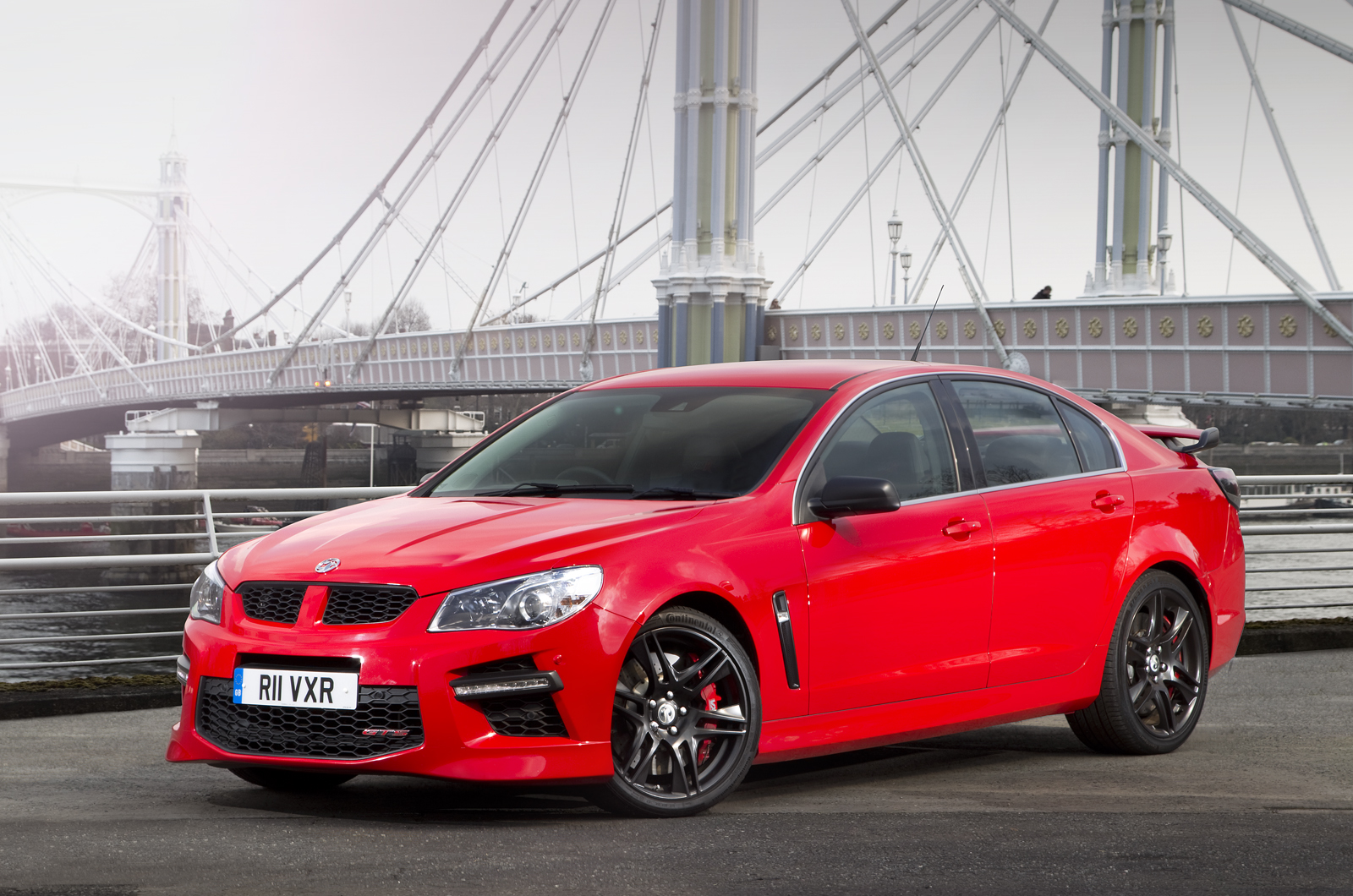It would be a cop-out to suggest that no one buying the VXR8 cares about interior quality; £55k is a lot of anyone’s money to spend on a saloon, and HSV doesn’t get a pass just because it’s based in Victoria, Australia, not Stuttgart, Germany.
That said, in all likelihood this is going to be a different breed of customer to one agonising over, say, the grade of leather in their Mercedes-Benz CLS. As far as luxury and style are concerned, the bar can plausibly be lowered, but there can be no mitigating circumstances for clarity, practicality functionality and finish. Thus the VXR8’s cabin triumphantly clears some hurdles and clatters others.
Clearly, there isn’t much wrong with the space on offer. With a wheelbase between a Ford Mondeo and a Jaguar XJ, you get an idea of the proportions we’re talking about.
The model’s separation from GM’s European offerings has at least preserved it from the dreary internal architecture we have been subjected to since the Insignia. Individual components are familiar, of course (the steering wheel controls, for example), yet the layout is not, and we won’t deny rather liking it.
Some of the worry dials are tucked away where you can’t see them and not all the brightwork is worthy of the description, but the buttons are distinguished by different shapes, sizes and locations depending on their purpose – and that’s a step up from some of its stablemates.
The GTS isn’t exactly short of multimedia options. Its 8-inch touchscreen display allows access to all the usual accoutrements, including a Bluetooth audio connection and a nine-speaker BOSE sound system through which to hear your streamed music.
The real attraction, however, is the latest generation of HSV’s Enhanced Driver Interface. Divided into Driver, Gauges, Fuel Economy, Stop Watch and Race modes, the system is capable of delivering a torrent of real-time information.
Most of it is reasonably obvious and self-explanatory, but click sufficiently deep into the deep reservoir of display menus and you’ll find enough in the way of slip angle gauges and G-meters to distract you directly into the nearest hedgerow — especially with the brilliantly optimistic oversteer monitor reading up to 100deg of tail-out tomfoolery.
Particularly narcissistic drivers can even avail themselves of the data-logging function which will download dynamic information out onto an external USB via a port in the glovebox.
Generally, the surfaces and materials are fine, too. Yes, there are hard plastics of the sort which wouldn’t be considered appropriate for the VXR8’s premium rivals.
But they never feel less than right for an expensive Vauxhall, and it’s that sense of identity which simultaneously keeps the car behind the pricier competition and proudly distinct from it.
As for standard equipment, there is the inclusion of dual-zone climate control, electrically adjustable sports seats, heated front seats and sports seats.









